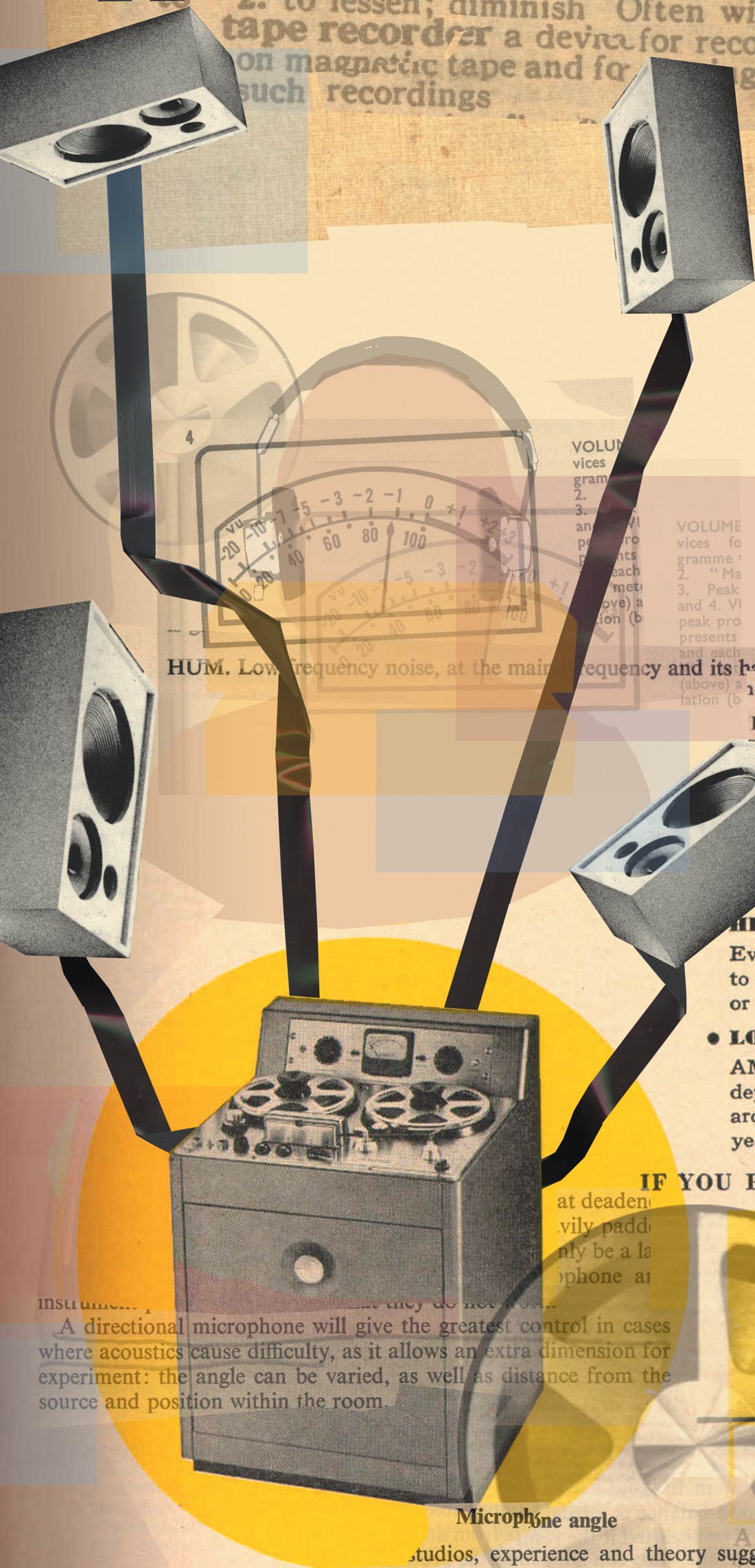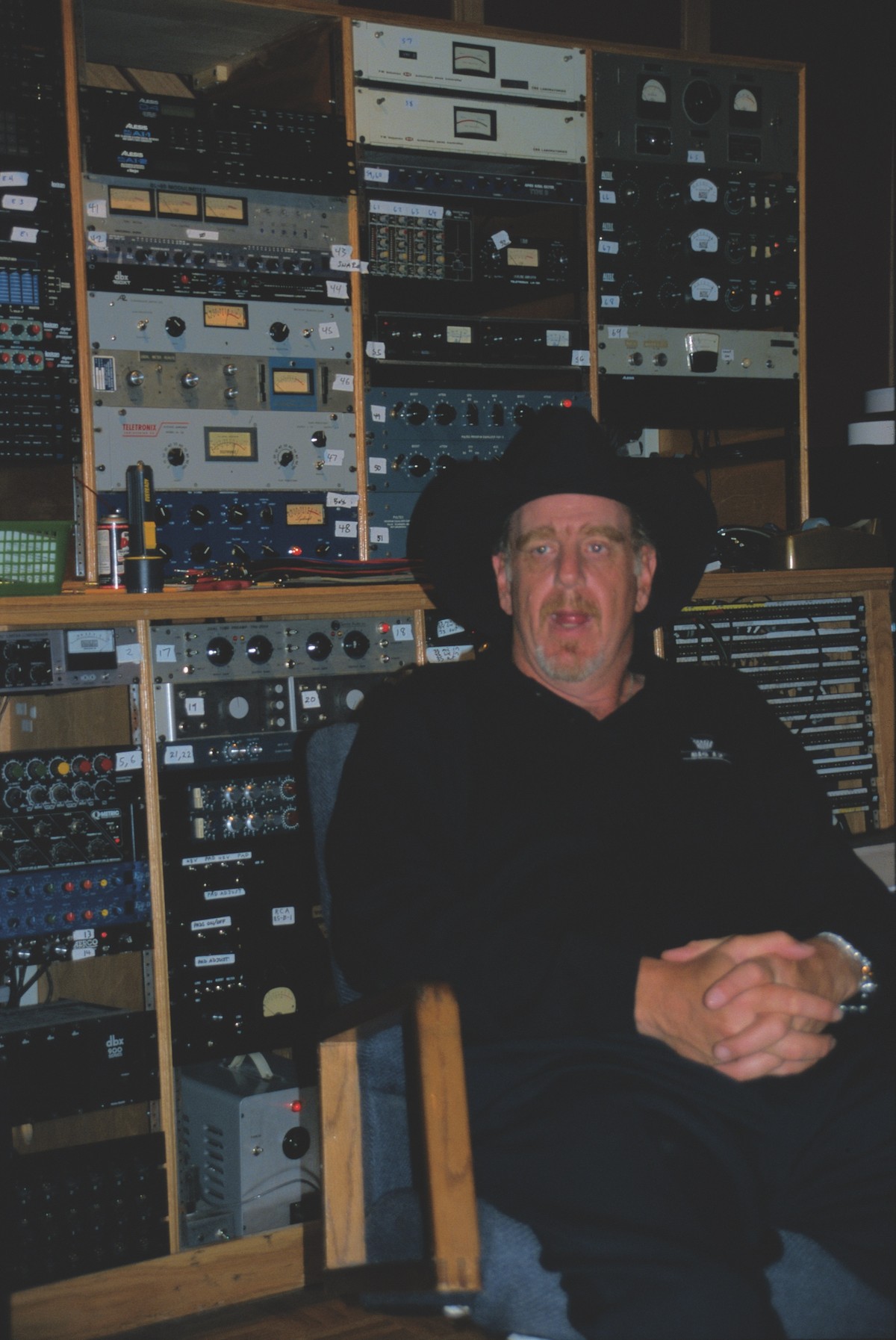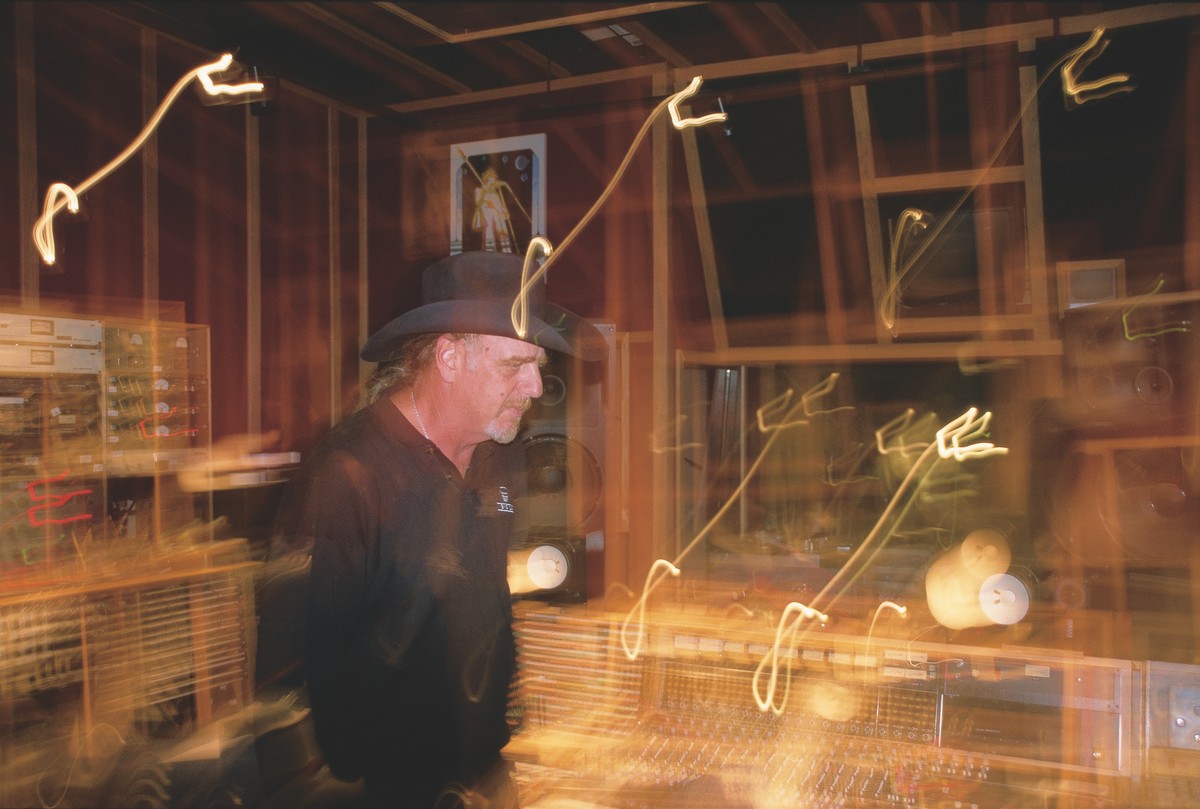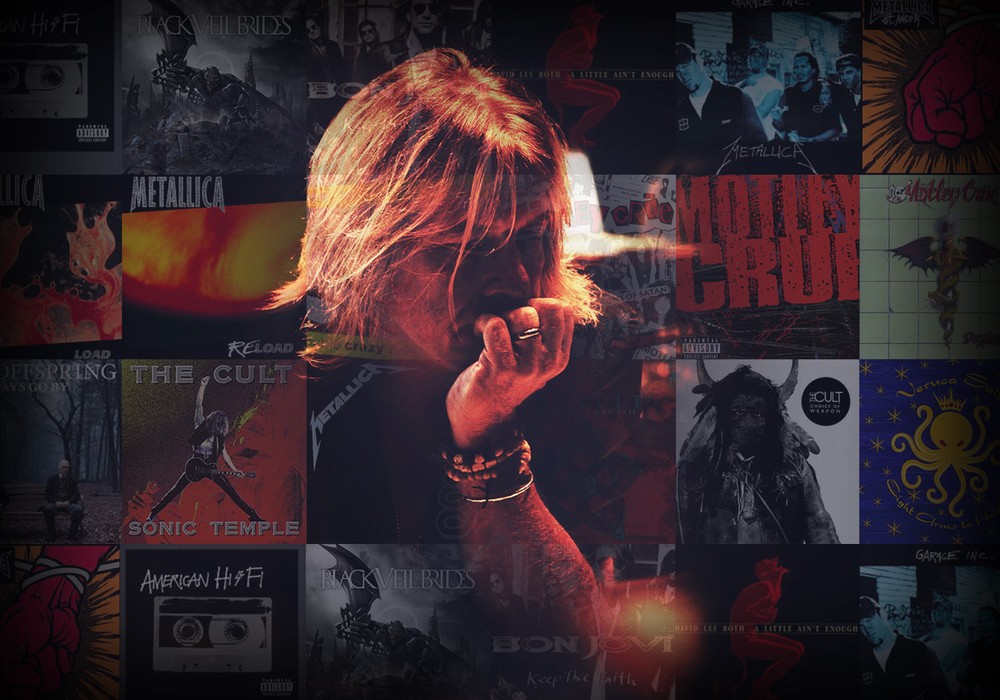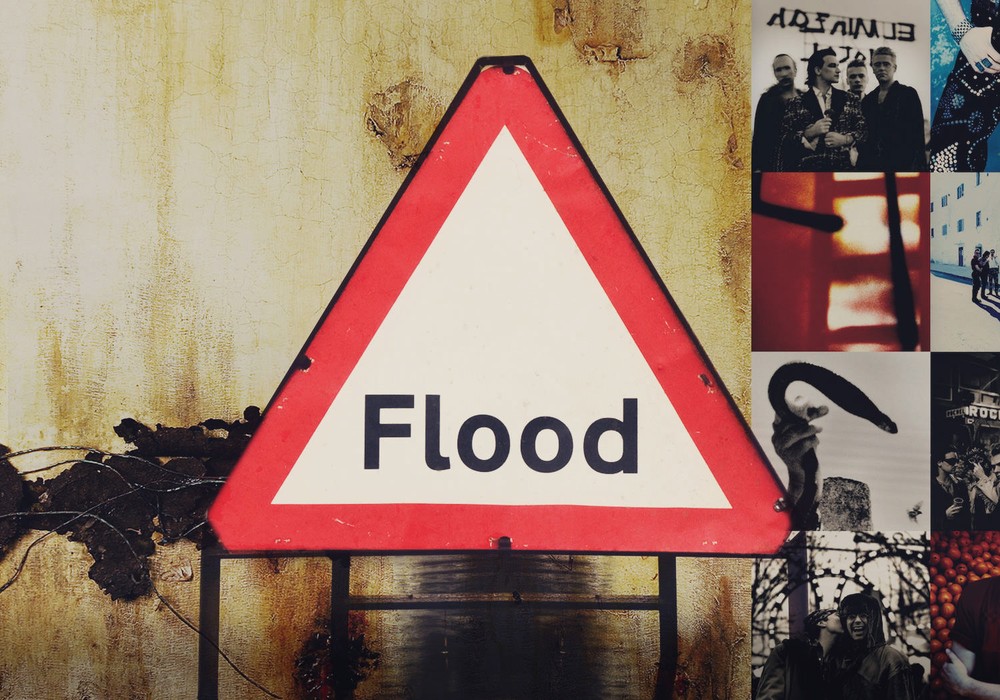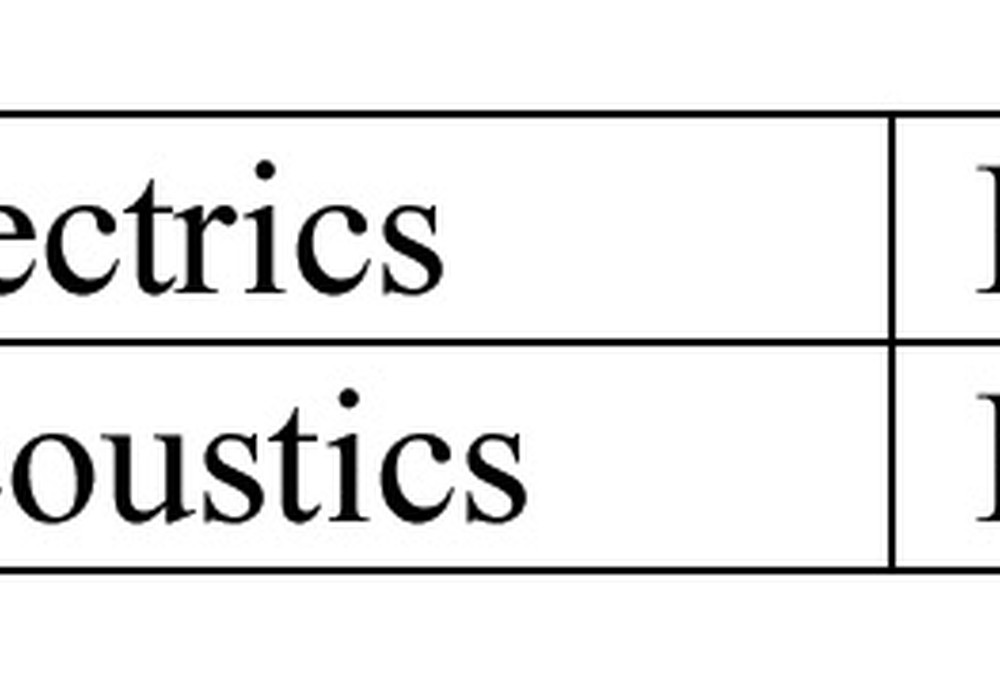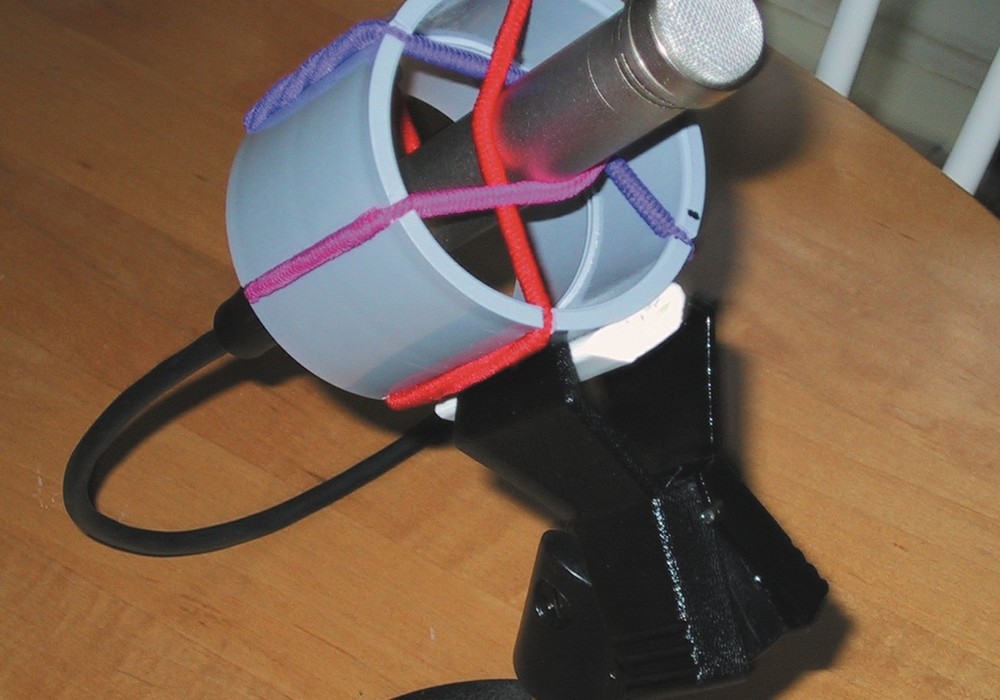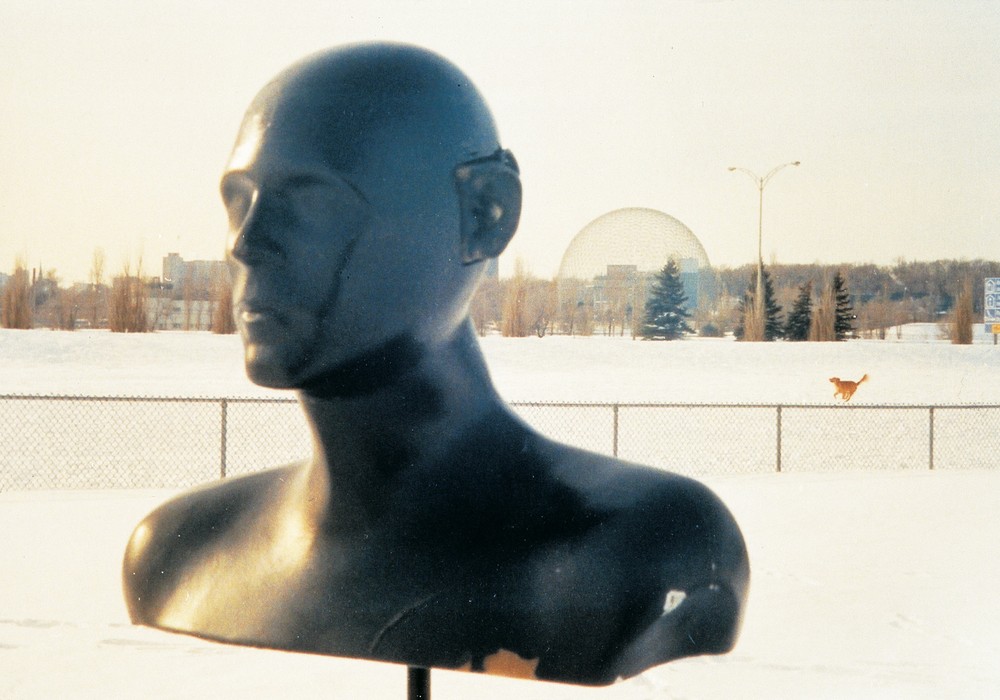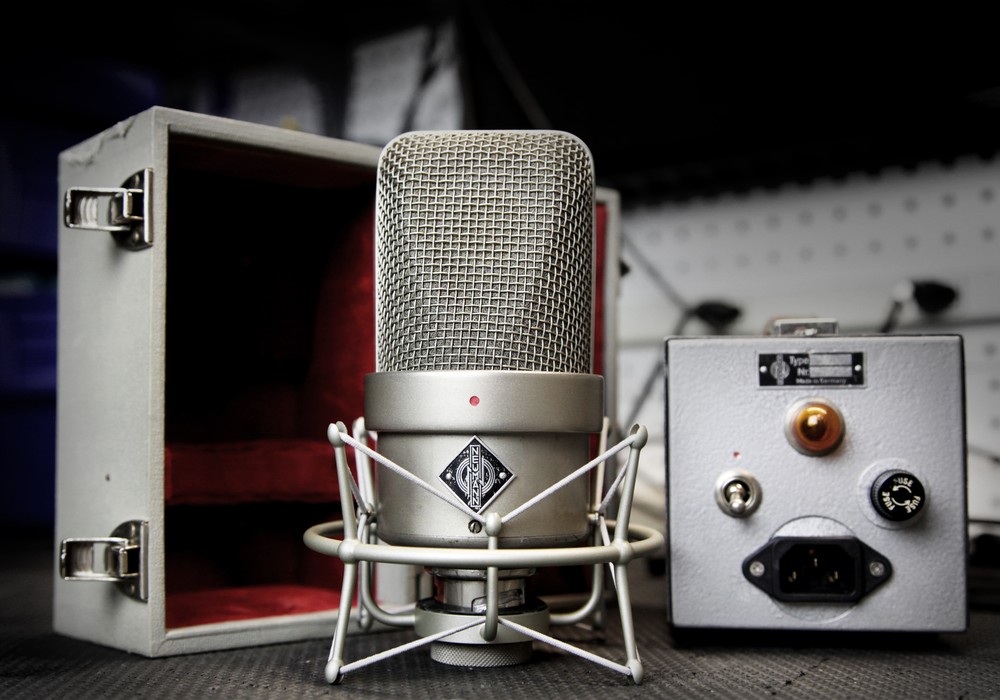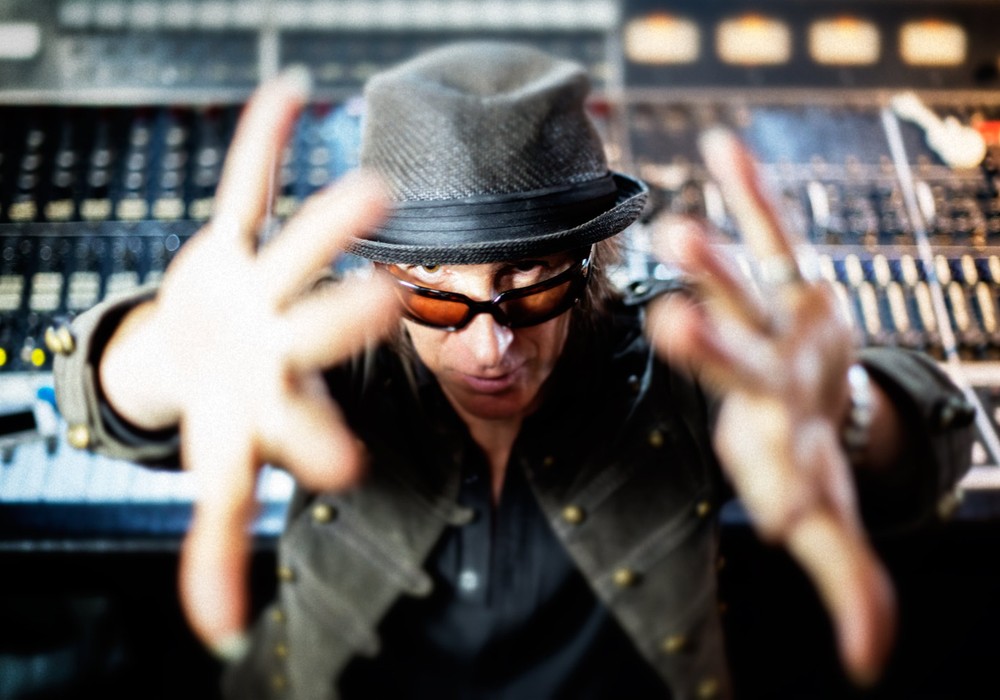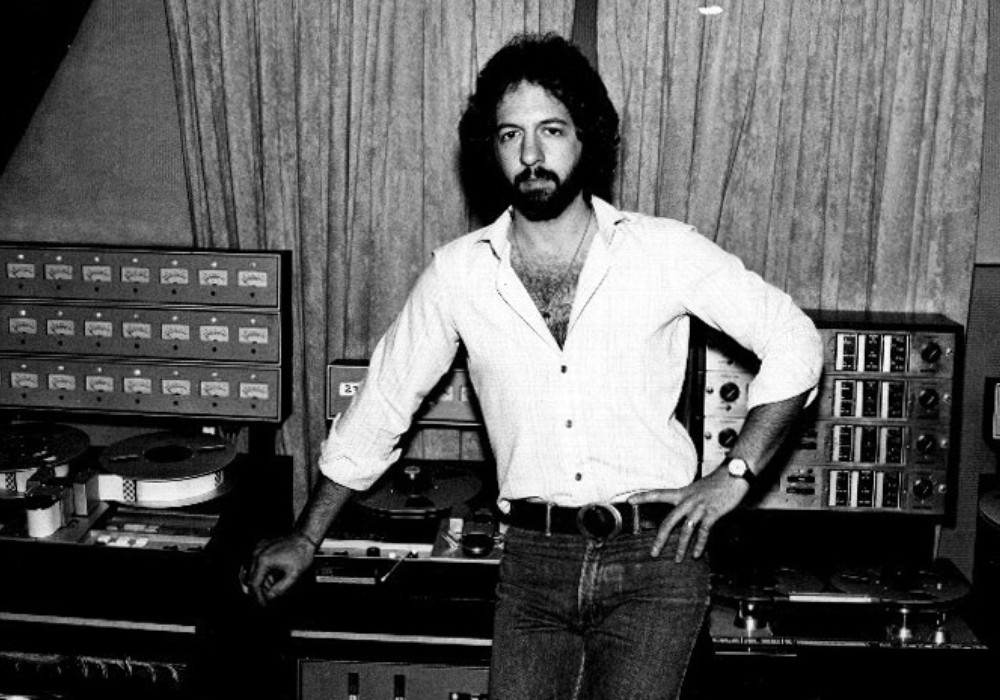Ray Benson is a big guy. He's tall, which he augments with cowboy hat and boots, his voice is resonates in the sub- octaves, and when we shook hands mine was engulfed and nearly disappeared. His office can overwhelm the unprepared. Pictures and memorabilia of all kinds compete for wall space and your attention. There is a shelf of Grammies and guitars are everywhere. More guitars than I could count — some resting in cases, others hanging in rows at ceiling height, more on stands, laying on the floor and propped in corners. His band is big, too. Asleep at the Wheel has sung the gospel of swing for nearly 30 years, garnered all kinds of critical and popular success, and, always, played great music. Note that I didn't qualify it as 'country swing' or 'western swing' — these categorizations are much too small for this band. Thankfully his generosity is equally large. Not only did he answer every question I threw at him he also gave us a Bismeaux Studios. detailed tour of his
How did you get into being on the other side of the glass?
Necessity. You know, you start out and you try to do all this stuff and you realize you are the mercy of all these people who know a lot more about what you're doing than you do, in terms of recording. And you say, "Well I want to do this." Then you try to figure out how — that's how it started.
When was that?
It started when I started the band — the first thing you gotta do is make a tape of your band. Now in 1969 that was difficult. That was like major hobbyist kind of stuff. So I had to learn how to run a sound-on- sound tape machine. Then I learned a little bit about acoustics, because we'd build these rehearsal rooms and would try to make 'em sound right. Then I started to get frustrated with producers and engineers that I couldn't communicate what I really wanted to do, so I learned about that. Then I wanted to produce records. So I produced our first live album, started to learn about gear, and I learned about recording.
I've heard that you've done some significant research with some gear designers. How far have you taken that?
Oh, we build mic preamps, we build direct boxes, we have worked in chip design — I don't know anything about chip engineering and I couldn't tell you a dang thing you're talking about — but we have ideas and they just use my ears sometimes.
Well that makes sense.
Yeah, exactly. Find out what the end user wants. So I've done a little bit of that, informally. But mostly we build our own stuff. We have only sold maybe three things to acquaintances because so much of what we have is based on vintage components. Can't find those and they're not building them. So we make a mic pre with vintage components and new components but we don't want to be a manufacturer.
Is that just the studio techs?
Yeah, Chris Burns (Bismeaux engineer and tech). It was a journey that began many years ago with a bunch of friends of mine from California, old radio guys. I'd get all this old tube gear. I would go to these radio stations — little ones — I'd say, "Book me in the smallest radio station for an interview." I'd go there and ask if they had any old gear and they had all this stuff. I got a Teletronix LA2, and an original 1176, for free. And I would get these boards. I got one from Memphis, TX, one from Santa Cruz, CA, which are these RCA boards. We took the mic pres [out] and they are just unreal. Learned a little bit about the circuitry and basically used the components, transformers from those old boards and then redesigned a couple of features. Variable impedance, which was one of the ideas we had. We also played with the concept of the power supply. We noted that when we used the power supply from the board, I'm talking about the old radio board that had a 6" x 8" transformer and a big rectifier tube, we found that they sounded better. So we built one with a vari-ac on the output so you can vary the voltage and change the tonality of the mic pre. Then we built in a second circuit to add gain with another 12AX7 but we made sure you can take it out because there is a magic that happens with that original mic pre. But that's what we did, we figured it out, added the features and we've got twenty-some-odd channels of it lying around. We've got a whole collection of RCA mic pres, but the one, the magic one, is one of the ones we don't understand why... well, I know why, it's got these two little cans that make the sound. We also make a DI box out of new components and it's the best.
Is that a tube?
Tube DI. I use Avalons on the road, and to me the Avalon is the best DI box made, and this is better. The only reason we don't take 'em on the road is I can't replace them if they're lost.
Is that something you make to sell?
We've sold one to Bob Dylan's bass player — my old bass player, Tony. He's my pal and tried it live once and the engineer had to have it. It replaced some $2,000 DI he'd had custom-made in New York or somewhere. It's an amazing thing. We have two and they stay in the studio. I do my guitar stuff directly to it because it's a tube amp without the speaker distortion.
Was there anyone who helped you out when learning how to record?
When we started the band 30 years ago we experimented with trying to record like they did in the '30s and '40s.So we did a lot of that and it is all mic placement, duh. You move it here and it sounds different. That was a lot of what we did. Then I became a producer and started doing other things. I had to learn how to do multi-tracking like everybody else was, and I do that too. But the lessons that were learned were that A) magic is magic and you can't replace magic with machines. B) The simplest path from performance to tape is the cleanest and best, if you have good components. In other words, microphone-mic preamp-tape. But live performance is really everything. Years ago we really tried to recreate the sound of those old recordings — we spent a lot of time with just a couple of mics. And I thought it sounded great, really warm, great takes. But those songs came out right about the time Steely Dan started — and don't get me wrong, I love that band and how they sound, but what they were doing was totally different from what we were doing, and the record company didn't like "warm". They called it "muddy".
Is all the Asleep at the Wheel stuff done live?
It's all tracked live then we add or subtract. We use Soundscape.
Something that really struck me about your recordings is how great all the acoustic instruments sound. A lot of people have problems tracking acoustic instruments, much less a whole band of them, but yours sound great. How do you do it?
I love modern recording techniques, but I don't love modern recordings. What we try to do is take advantage of what we have, and believe me, this is as multi-tracked, pieced-together as anybody's. But it's done from a core of live, breathing, interacting musicians. There's plenty of overdubbing, plenty of fixing and fudging, but not to the expense of the live thing. A lot of it is that mic pre. We can do so many things direct. Nobody can do a steel guitar direct like we can. Nobody can do a guitar direct like we can. These guys bring in these racks of shit and I swear, with our gear we get the best guitar sound in the world. So that gives you isolation and yet you're there. The drum rooms are great. Our best mic is used for a drum overhead, a C-24. We used to labor over drums in the '70s. Finally we realized to let the drums play, collect the sound from the top, and you won't have to go close. I've never heard a close-mic'ed snare sound like anything but shit, you have to add all sorts of stuff or samples. I hate samples. A drum should be hit different every time, not the same. We developed techniques that are very simple. With our fiddle we finally went to isolation rooms with a U47, sometimes we use a Soundfield. For piano we use a KM54 and KM56.
How far out?
In. If we're doing overdubs sometimes I'll hang a mic out in the room, but we don't do a lot of that. Monster mics, the KM54 is the greatest acoustic guitar mic ever made. I don't ever worry about it. That's the mic. The KM56 is a neat, cool mic you can use on a lot of things. We also have the Neumann U64s, small tube mics, that we sometimes use on piano.
Voice?
For years I used a U47 but now I use a Rode NTV. They don't make it anymore. I have two of them and all I can tell you it's the best mic I've ever used, and I used the U47 for 10 years. The Rode just blows my mind. I use it on every vocalist I've got. The difference is that the leads don't go into the diaphragm, they are around the edge, so it's got more low end and more clarity. I am amazed that they stopped making them. On the used market they are not very expensive. It's as good as a U47 or a C-12.
You've worked with a lot of different, great singers. What do you do to pull out great performances?
Well, they're all different. Some of them you've got to make comfortable, some of them you've got to make angry. Some have to be happy or they don't sing. I'll tell you what technology has done for me. We used to have to punch in. I hate to punch in, I hate the way it sounds on vocals — hate it. And what hard disk editing has allowed us to do is let the singer sing whole passes. That's what a singer has to do on stage. I understand that you're gonna screw up. A good singer, and I mean a good singer, I do three takes and comp from there. If there is a minor inflection that needs tuning I'll fix it. The reason is because I want the performance. I'm a singer and I know that sometimes I'll do something that's great but will be a little bit out of tune because... I'm not gonna tell the secrets of why [laughs]... it just happens. And the machine will allow me to fix that little thing. 90% of the people who are listening will never notice that that little thing was out of tune, but it makes the singer and the producer real happy. That's why I do it. Big deal. And punching — 50% of the time I can hear a punch. So I use the technology and comp the hell out of stuff if I have to, although there are singers I won't tune because they have great pride that they don't need a tuner. The reason I'm not philosophically against tuners is that the public has been given the knowledge and the tools to hear in great detail — stereos, good speakers — and now sort of demand that there are no sloppy little mistakes. I listen to records I grew up with and they're way out of tune, every one of 'em. My favorite records. I was talking to Bob Dylan about this one time, I said, "You know Bob, there's this song you did, ['Stuck Inside of Mobile with the] Memphis Blues Again' where you flub a line... and it's on the record." And Bob said, "Yeah, they wouldn't let me do that nowadays, would they?" Now to me it's one of the greatest records of all time. Having said all that, Leanne Rimes' CD Blue — there are some clams on that thing but the record is beautiful. Incredible. She hits some clams and I go, "Holy mackerel" and yet it's a great record. The more I record the more I realize what I want to get is brilliance. I want the greatest players to play as great as they can. Of course, you can get the best from the worst and the worst from the best, so you gotta understand that you have to have a balance between technique and emotion. I'll side with emotion nine times out of ten.
Do you find that little mistakes can make a song more human?
There is a balance. My job is to make it perfect. Of course, "perfect" is different for everybody.
You mentioned Bob Dylan as being a favorite. Who else tops the list?
Count Basie's records. In my mind just the greatest swing band ever. Louis Jordan — I've got an autographed picture of him [points to a frame on the wall]. A lady in east Austin got it in 1949 and I bought it from her. I got to see him once in California in 1971, maybe 1972.
Not long before he died.
Six months, as I recall. Place called Ruby's Inn. That was something.
I got turned on to him from that Joe Jackson record ["Jumpin' Jive"].
Yeah, Joe Jackson. That came out after [sings] "is she really goin' out with him..." I'd already recorded a couple of Louis Jordan tunes and I couldn't believe that this rock 'n' roll kid was doing it. I also liked Les Paul when I was growing up, and Jimmy Reed. I played in dance bands when I was a kid and I really love Django Reinhardt and Stephane Grapelli.
After all your research with tube gear there are those who would find it unthinkable that you then use digital for editing.
But it's all going to a CD, you know?
Good point.
At least we're in 24-bit, which helps. But we did many years of research, as many people in our field have done as to digital versus analog. We did a research project with some guys at Motorola here, chip designers. And we went into the engineering behind the reasons that tubes sound different from chips. After all our testing we pretty much concluded that digital is digital, analog is analog and never the twain shall meet. My interpretation of that is to use them as I see fit. Digital is not bad — you just have to know how to use it. One day I walked down and Stevie Vaughn (before he was Stevie Ray Vaughn) was recording at The Firestation in San Marcos. They had the first digital machine in this part of Texas. I looked over and the engineer had all the mic lines patched into these Urei 12-band graphics, all flat, then into the tape machine. I asked him why and he said that the digital was way too clean and he needed something to dirty it up. I still remember recording in New York City and they said, "Yeah, we're gonna be able to control everything. If you want distortion, you'll track it clean then we can add it in." I said, "Why don't we just turn up the damned amplifier and let it distort like we used to instead of going back?" They said, "Oh, well, we want control." Kind of created a monster. It's silly, but they wanted it.
Bismeaux Studio is one of those places that can stun you. I think I had bruises on the bottom of my jaw from where it hit the floor. In addition to the gear Ray mentioned, there are CBS tube compressors and an RCA VA6A. Brent Averill 1272s and Daking pre/EQs. The weird R2D2 looking EMT 251 reverb along with Pultecs and Tube-Techs. Literally racks and racks of classic, drool-worthy stuff. Tracks go either to or through an MCI JH16 and are mixed to an ATR104. Their Neumann U64 and AKG C-24 see a lot of use. And as if that weren't enough, the centerpiece is an early-'70s vintage API console that came from RCA Studio 3 in Nashville. According to Ray it was "...hand wired. And Elvis recorded through it."
